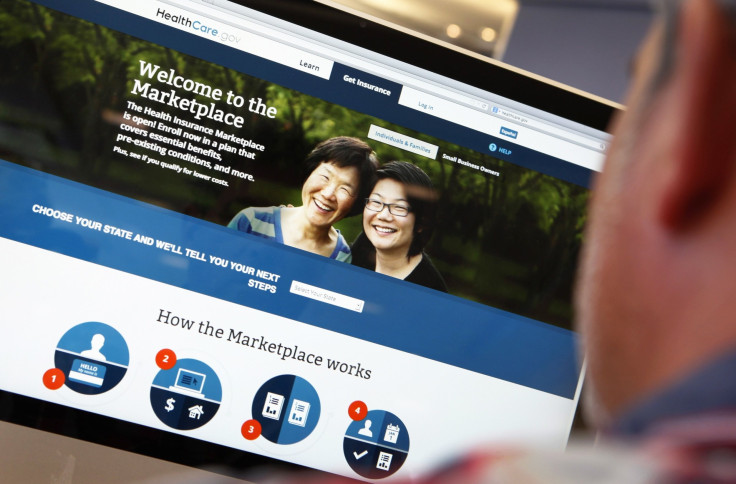Healthcare.gov Fixed? White House Wraps Up Obamacare Website Overhaul; List Of Changes Made

Over the past five weeks, the White House poured thousands of hours and a great deal of manpower into fixing problems associated with its much-anticipated health care enrollment site, healthcare.gov. On Saturday, the Obama administration announced that it had met its goal of making major fixes to the website in time to meet its self-imposed Nov. 30 deadline. The administration had promised that the site would work smoothly for the “vast majority of users” by this weekend.
Fixes to the website included increasing the number of users it can handle at one time to 50,000 visitors, and a new “queuing” feature that, during peak hours, will suggest better times for visitors to return to the site.
Other improvements included decreasing the average amount of time it takes for a healthcare.gov webpage to load to just a fraction of a second -- a vast improvement over the exchange when it first launched and pages took up to eight seconds to load, according to NPR. Several other hardware and software upgrades were to designed improve the user experience. The efficacy of these fixes is not yet known.
"The real tests are -- Were my premium payment and subsidy accurately calculated? Am I getting the coverage I signed up for? If my income situation changes, will the reconciliation occur in a timely fashion?" Rick Howard, a research director at technology consultant Gartner, told Reuters.
Healthcare.gov wasn’t all it was cracked up to be when it launched on Oct. 1. The healthcare exchange, the cornerstone of President Barack Obama’s signature healthcare overhaul, was widely panned on its rollout due to glitches, errors and general user confusion.
Before the website launched, the White House had estimated that half a million people would sign up for healthcare through either the federally run or state run health care websites. But because of problems with the federal site, only about 27,000 people in 36 states enrolled in health care plans through healthcare.gov.
According to the Associated Press, an additional 79,000 people in the 14 states that chose to run their own websites enrolled in coverage. That brought the total number of people who signed up for new health care plans to just over 100,000 -- about 400,000 people shy of what the administration had hoped for.
"I continue to believe and am absolutely convinced that at the end of the day, people are going to look back at the work we've done to make sure that in this country, you don't go bankrupt when you get sick, that families have that security," Obama told ABC News during a Nov. 22 interview with Barbara Walters. "That is going be a legacy I am extraordinarily proud of.”
Yet questions about the site’s dependability and its capacity to handle high volumes of people at one time still remain. It’s also unclear if the website will, in the future, allow visitors to “window shop” before they are required to make a user profile -- something critics of the earlier version of healthcare.gov pointed to as a flaw in the website.
As USA Today noted, many consumers were frustrated with how Obamacare affected their existing healthcare plans. Some people had their plans canceled because their policies did not meet all of the criteria required by the new Affordable Care Act. Some others saw their premiums go up. And a floundering health care website certainly didn’t make the transition to Obamacare any easier.
“The way we are going to be evaluating success will be based largely on anecdotes,” Larry Levitt of the Kaiser Family Foundation, which has been monitoring the rollout, told NBC News. “More important than how many sign up is who signs up.”
New data on how many people signed up for health care coverage through the site are due by mid-December.
© Copyright IBTimes 2024. All rights reserved.






















